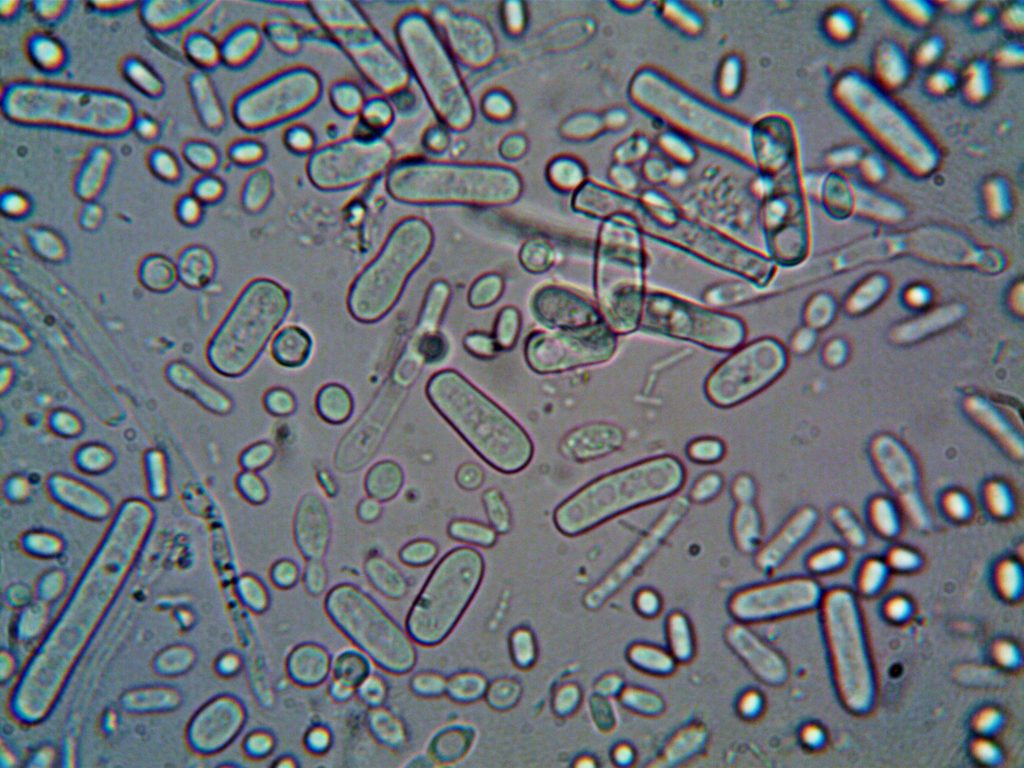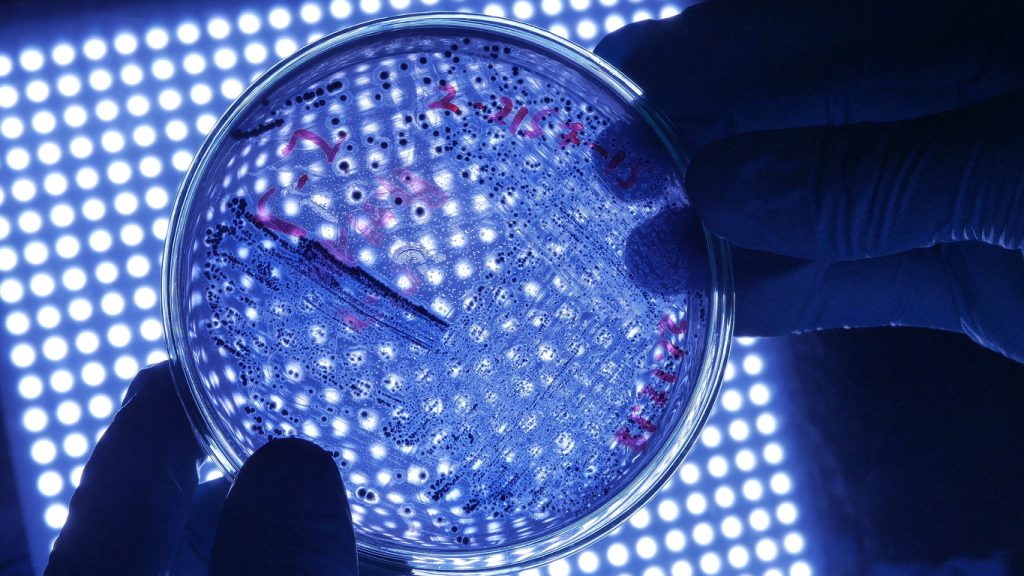Total Viable Count (TVC) Testing: An Essential Part of Legionella Control Services
Total Viable Count (TVC) testing plays an important role in this, offering a way to measure microbiological contamination levels within a water system.
When it comes to water quality management, ensuring the safety and cleanliness of water systems is crucial.
For companies like us, at Pipe Testing Services (PTS), which provide expert Legionella control and other water management services, TVC testing is a valuable tool in maintaining high standards of water safety.
Here, we will explore TVC testing, its relevance to Legionella Contractor services, and how Pipe Testing Services (PTS) can help you maintain your water systems’ safety.

What is TVC Testing?
Total Viable Count (TVC) testing measures the total number of living microorganisms—such as bacteria, yeasts, and molds—in a water sample. This test provides a general indication of the microbiological health of a water system. Unlike specific tests for certain pathogens, such as Legionella, TVC testing does not identify individual microorganisms. Instead, it gives a comprehensive overview of microbial contamination, acting as a broad health indicator for water quality.
Why is TVC Testing Important?
TVC testing serves several key purposes in water quality management and risk assessment:
- Establishing a Baseline - TVC testing helps establish a baseline of normal microbial levels within a water system. This provides a reference point for assessing changes in microbial activity over time.
- Monitoring Trends - Regular TVC testing allows water system managers to track microbial trends. If there is a significant rise in TVC levels, it can signal potential issues such as biofilm formation or contamination, prompting further investigation.
- Indicating System Health - High TVC counts can indicate poor system hygiene, signalling that conditions may be favourable for harmful bacteria, including Legionella, to thrive.
- Assessing Treatment Effectiveness - TVC results help evaluate the success of water treatment processes. Following disinfection or other treatment procedures, a decrease in TVC levels can confirm the effectiveness of the treatment.
TVC Testing and Legionella Control
While it’s not specific to Legionella, it is an important component of Legionella risk management. Here’s how TVC testing supports Legionella services:
- General System Hygiene: High TVC levels may indicate an environment conducive to Legionella growth, even if Legionella bacteria are not specifically detected. Maintaining low TVC counts can therefore be a preventive measure to minimise Legionella risks.
- Post-Treatment Validation: TVC testing can be used to verify the effectiveness of disinfection or chlorination treatments designed to control Legionella. If TVC levels remain high after treatment, further action may be required.
- Risk Assessment Integration: TVC results are often included in comprehensive water system risk assessments, providing a more complete picture of the overall health and safety of the water system.
How TVC Testing Works
TVC testing involves collecting water samples from various parts of a water system and incubating them at different temperatures to assess microbial activity:
- 22°C Incubation: This temperature is used to detect environmental contaminants. High counts at this level suggest issues related to environmental contamination.
- 37°C Incubation: This temperature is closer to human body temperature, and high counts can indicate contaminants of human health importance, potentially signalling pathogenic risks.
Limitations of TVC Testing
It is important to understand the limitations of TVC testing:
- Non-Specific Results: TVC testing does not identify specific microorganisms. It measures the total number of living microbes, without pinpointing particular pathogens like Legionella.
- Correlation Challenges: There may not always be a direct correlation between TVC results and the presence of harmful bacteria, such as Legionella.
- Interpretation Considerations: Results should be evaluated in the context of past readings to identify any significant changes in the system.
Why Choose Pipe Testing Services for TVC Testing?
At Pipe Testing Services, we understand the importance of thorough water management. Our TVC testing services complement our Legionella risk assessments, chlorination, and other water quality services to provide a comprehensive water safety approach. Here’s how we can help:
- Comprehensive Monitoring - We incorporate TVC testing alongside specific Legionella tests to ensure a complete view of your water system’s microbiological status.
- Expert Analysis - Our experienced team interprets TVC results within the broader context of your water system’s health, advising on further actions if necessary.
- Tailored Solutions - PTS offers personalised solutions based on your specific needs, whether it’s post-treatment validation, trend analysis, or regular risk assessments.

How to Use TVC Testing for Optimal Water Quality Management
To make the most of TVC testing, it should be part of a broader water quality management strategy:
Conduct Regular Testing
Schedule TVC testing as part of your routine maintenance to detect any potential issues early.
Combine TVC with Legionella Testing
Use TVC results in conjunction with specific Legionella tests for a comprehensive risk management approach.
Follow Up on High Counts
If TVC levels rise unexpectedly, investigate and address potential causes immediately. This could involve increasing disinfection, cleaning, or revising your water management plan.
Contact Pipe Testing Services
For exceptional TVC testing and other water quality services, please reach out to Pipe Testing Services using the following contact information:
- Phone: 01922 451646
- Email: enquiries@pipetestingservices.co.uk
- Address: Unit 27 Birchbrook Industrial Estate, Shenstone, Lichfield, Staffs, WS14 0DJ
We are committed to delivering reliable and reputable services to ensure the safety and compliance of your water systems. Contact us now to discuss your needs or to schedule a consultation. Our knowledgeable team is ready to assist you.
Contact us today to receive a personalised quotation that meets your budget and ensures the highest quality of service.
TVC Testing - (FAQs)
What is TVC testing in water systems?
TVC testing measures the total number of viable microorganisms in a water sample, providing a general indication of the system’s microbiological health.
How often should TVC testing be done?
The frequency of TVC testing depends on the water system’s use and risk profile. Regular testing is recommended, especially in high-risk environments like hospitals or industrial sites.
Does a high TVC result mean there is Legionella in the water?
Not necessarily. High TVC counts indicate elevated microbial activity but do not confirm the presence of Legionella. However, it can suggest conditions that may be conducive to Legionella growth.
Can TVC testing replace Legionella testing?
No, TVC testing complements but does not replace Legionella-specific testing. Both tests should be used together for a complete water quality assessment.
How are TVC samples collected? Samples are collected from various
Samples are collected from various points within the water system and sent to a laboratory, where they are incubated to determine the total count of viable microorganisms.
What does a high TVC at 22°C indicate?
High TVC counts at 22°C often suggest environmental contamination, such as soil or dust, entering the water system.
Can TVC testing be used for non-potable water?
Yes, TVC testing can be applied to non-potable water systems, such as cooling towers, to monitor microbial activity.
